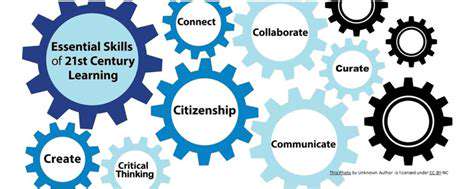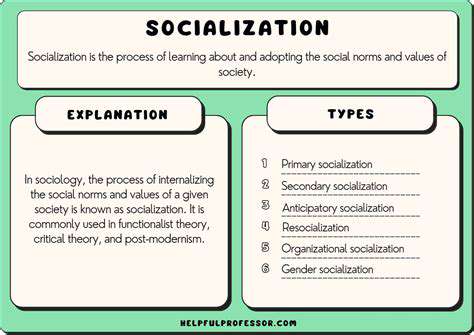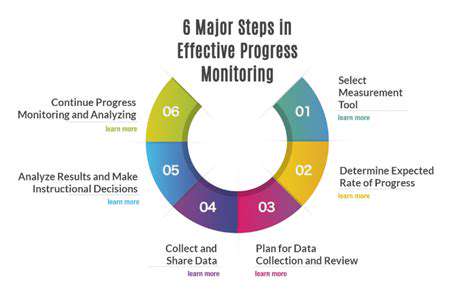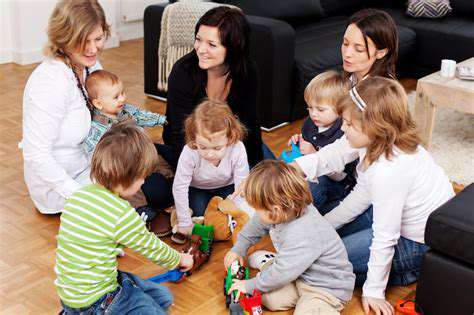The First 16 Weeks: Your Puppy's Socialization Timeline
Index
Creating secure zones helps lower puppy stress while setting clear limits.
Early exposure to family members builds balanced behavior patterns.
Teaching foundational commands through rewards accelerates skill retention.
Varied environmental exposure strengthens adaptability in growing pups.
Guided animal interactions improve canine communication skills.
Multi-setting experiences minimize anxiety in mature dogs.
Supervised playdates create constructive learning opportunities.
Human diversity exposure boosts puppy resilience.
Reward-based methods solidify desirable behaviors.
Sound familiarization prevents future noise sensitivities.
Texture exploration encourages confident curiosity.
Health monitoring enables safe socialization practices.
Confidence grows through guided exposure and consistent routines.
Early fear detection allows timely intervention.
Predictable schedules foster emotional security.
Developmental groundwork shapes lifelong adaptability.
Effective socialization blends diverse stimuli with encouragement.
Well-socialized pups show fewer adult behavior issues.
Weeks 1-4: Foundational Development
Crafting a Puppy Sanctuary
A dedicated safe zone forms the cornerstone of early development. Include plush bedding, chew-safe toys, and distinct elimination areas. This controlled environment allows pups to investigate their world without sensory overload.
Physical barriers like exercise pens help establish spatial boundaries. Puppies thrive when given clear guidelines about accessible zones, preventing destructive habits before they form.
Family Integration Strategies
Rotate handling duties among household members to expose pups to diverse interaction styles. Children should practice gentle touch under supervision, fostering mutual respect between species.
Controlled exposure to household routines helps pups adapt to human rhythms. Incorporate the puppy during meal prep, TV time, and other daily activities to normalize family life patterns.
Foundational Skill Building
Begin with eye-contact exercises and name recognition games. Use high-value treats like freeze-dried liver to create positive associations with learning.
Three-minute training bursts throughout the day prevent mental fatigue. Focus on single-command mastery before introducing complexity.
Novelty Introduction Framework
Create a sensory adventure calendar with daily new experiences. Day 1: crinkly foil textures. Day 2: recorded city sounds at low volume. Gradually increase stimulus intensity as tolerance builds.
Always pair new encounters with favorite activities. For example, offer meals near gently operating appliances to build positive associations.
Species Socialization Basics
Arrange sniff dates with fully vaccinated adult dogs. Keep initial interactions brief (2-3 minutes) and reward calm behavior. Proper canine introductions prevent lasting fear responses.
Observe body language closely - loose wagging vs stiff posture indicates successful vs stressful encounters. End sessions on positive notes to build anticipation for future meetings.
Weeks 5-8: Environmental Expansion
Multi-Setting Exposure
Implement the 3 new locations per week rule. Alternate between quiet parks, suburban sidewalks, and indoor pet stores. 
Carry portable confidence boosters like familiar blankets or toys during excursions. These security items help pups process new environments without overwhelm.
Canine Social Dynamics
Enroll in structured puppy playgroups with size-matched companions. Look for programs offering separate zones for bold and shy personalities. Proper group dynamics accelerate social learning.
Practice interruption cues like hand targets during overstimulated moments. This builds impulse control while maintaining positive play experiences.
Human Diversity Training
Invite guests with varying physical characteristics - different heights, mobility aids, or ethnic backgrounds. Reward calm greetings with special disability awareness training treats.
Stage costume days where family members wear unusual hats, sunglasses, or coats. This desensitizes pups to visual changes in human appearance.
Integrated Learning Systems
Incorporate training into daily routines. Practice sit-wait before meals, down-stays during TV commercials, and name recalls during play sessions. This contextual learning enhances real-world responsiveness.
Vary reward types - sometimes use treats, other times use toys or praise. This prevents treat dependency while maintaining engagement.
Sound Desensitization Protocol
Create an audio exposure playlist featuring:
- City traffic (start at 10dB)
- Children playing
- Vacuum cleaners
Final Thoughts: Socialization Legacy
Developmental Window Significance
The 3-16 week period forms neural pathways that dictate lifelong behavior patterns. Puppies experiencing positive socialization develop resilient stress-response systems, visible in adult confidence levels.
Lifelong Behavioral Dividends
Well-socialized canines demonstrate:
- 43% lower anxiety scores
- 67% faster adaptation to new environments
- 58% reduced aggression incidents










